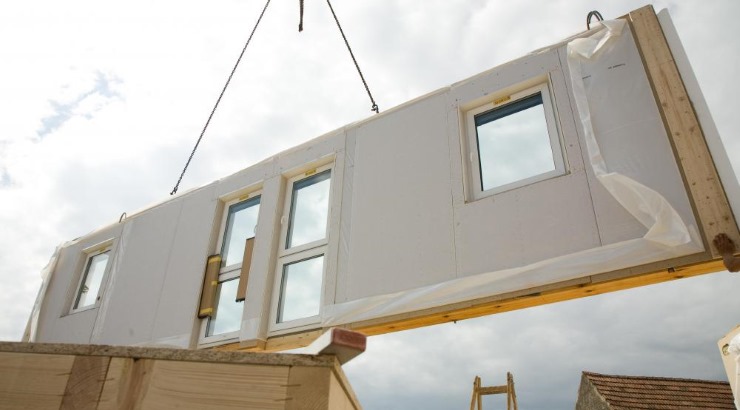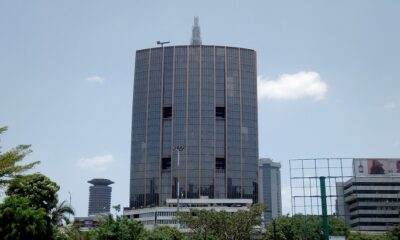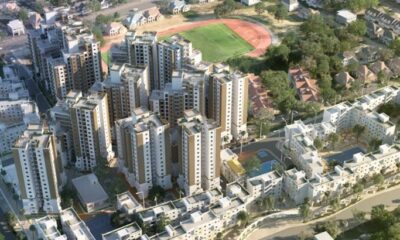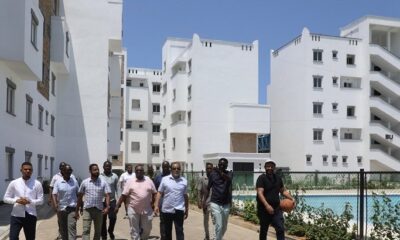Residential Projects
Inside Kenya’s Sh1 trillion plan to promote low cost housing
The ambitious project is expected to promote the use of low cost building technologies.

The Kenyan government has unveiled an ambitious plan to build a million units of public rental housing in the next five years to curb the emergence of informal settlements and provide decent housing for low-income earners.
The plan is high on the agenda of the State department of Housing and Urban Development, which is currently reviewing tender documents from an undisclosed number of bidders who are seeking to build 8,000 houses on a 55-acre plot that has been set aside by the government in Mavoko, Machakos County.
The project, whose tender closed on October 30, will utilise low cost building technology and it will serve as the prototype for the ‘one million homes project’.
Principal Secretary Moses Nyakiongora said a total of Sh1 trillion would be spent on the construction of over a million low cost homes in major towns by 2022 to help ease the housing deficit that currently stands at about 1.85 million units.
The project, under the Engineering Procurement Contract (EPC) delivery model, is expected to promote the use of low cost building technologies that are currently shunned by many Kenyans who view them as inferior.
The State is particularly fronting the use of precast wall panels and pillars that are already being developed locally by several local and foreign companies.
Under the EPC model, a developer will fund the entire project and will be paid upon completion of the development once the government is satisfied with the quality of the houses.
The government will provide parcels of land to the developers who will then prepare site plans as well as the architectural plans for the identified projects.
About 200,000 houses will be construction annually under the housing scheme.
“Developers should consider quality, cost and time when executing the project that will comprise housing units, social and security facilities with the associated physical infrastructure such as drainage, roads, water and energy connections,” Mr Nyakiongora said.
Kenya has in recent years put enormous emphasis on affordable housing, something it considers a way of assisting those who have been priced out of the property market.
The State, through the Finance Act 2016, has for example, lowered the corporate tax rate by half for developers who build at least 400 low cost homes annually in measures that seek to make low cost housing more attractive to investors.
READ: Kenya bets on tax cut to boost supply of low cost housing
Although the government is yet to explain what a low cost house is, market players define it as a development that costs a maximum of Sh2 million to set up. It is a house ideally built for people who earn between Sh40,000 and Sh60,000 a month and it does not go beyond three bedrooms.
But even without the intervention of the government, a glut in the high-end market segment is already forcing developers to venture into low cost housing projects that are enjoying enormous demand from low income earners countrywide.












